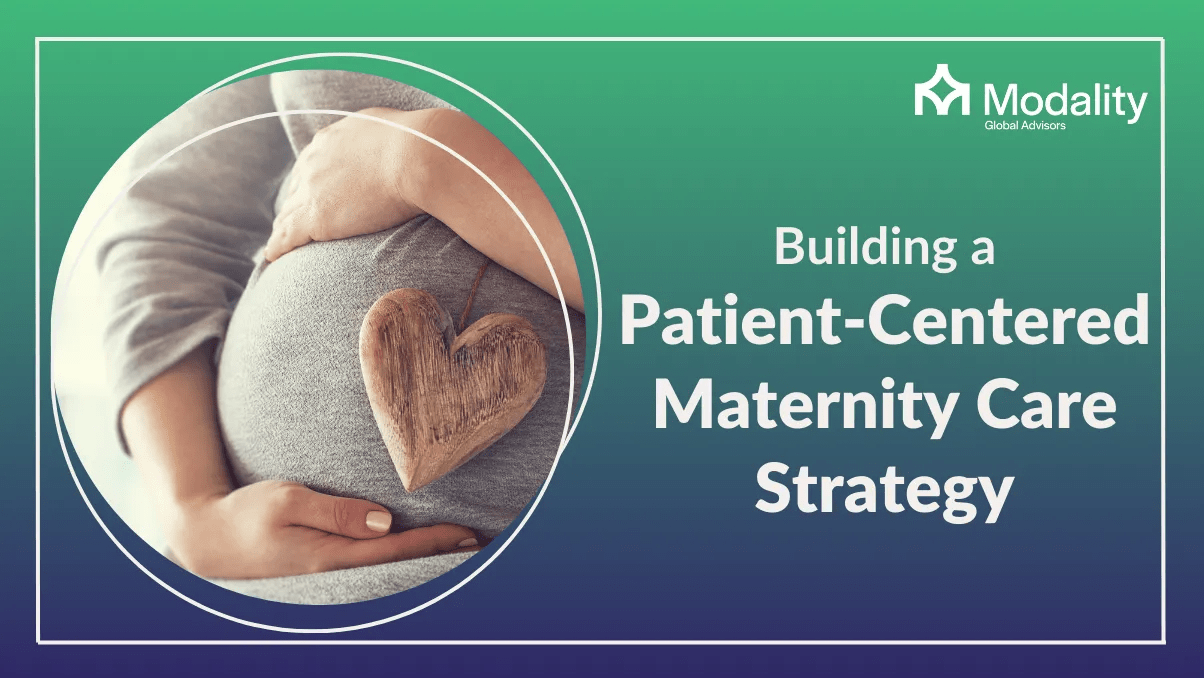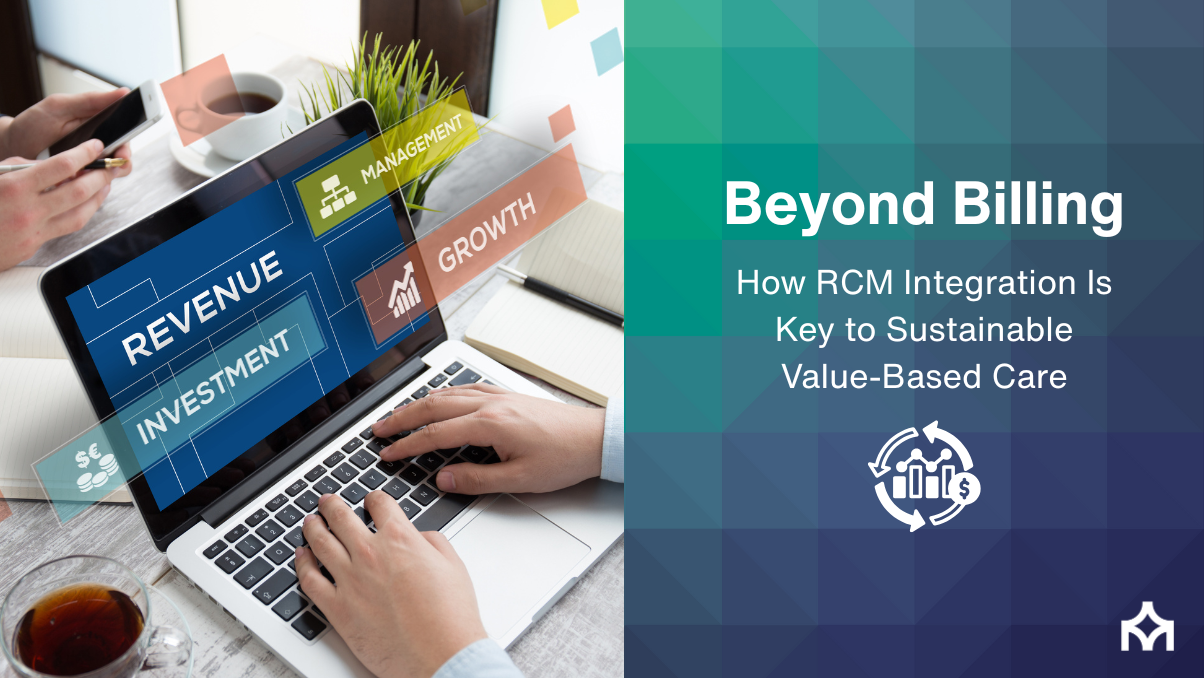Building a Patient-Centered Maternity Care Strategy
Patient-Centered Maternity Care: From Access to Outcomes
Maternity care directly shapes the health of both parent and newborn. In an era of rising maternal mortality and persistent inequities, a patient-centered model—grounded in respect, choice, and evidence—moves care from transactional to transformational.
Core Elements of Patient-Centered Maternity Care
- Holistic, individualized plans: Tailor care to physical, mental, and social needs; integrate doulas, midwives, and perinatal mental health.
- Equitable access: Expand reach through mobile maternity units, community clinics, and telehealth—especially for rural and underserved areas.
- Smart technology: Use remote monitoring and AI-driven risk tools for high-risk pregnancies, with clear escalation pathways.
- Continuous support: Provide robust education and wraparound services across the fourth trimester—lactation, mood screening, peer groups, home visiting.
- Team-based coordination: Align obstetrics, midwifery, nursing, lactation, social work, and behavioral health with shared plans of care.
Design Principles that Improve Outcomes
Respect & Shared Decisions
Birth plans, informed consent, and language access build trust and reduce avoidable interventions.
Continuity of Care
Warm handoffs from prenatal to intrapartum to postpartum care prevent loss to follow-up—critical as ~50% of deaths occur postpartum.
Risk & Readiness
Hemorrhage/sepsis bundles, hypertensive disorder pathways, and escalation protocols save lives.
Equity by Design
Collect SDOH and stratify outcomes by race/ethnicity; co-design solutions with community partners.
High-Value Interventions Across the Journey
- Prenatal: Early and regular visits; aspirin for preeclampsia risk; diabetes/BP control; doula referral; mental health screening (PHQ-9/EPDS).
- Intrapartum: Hemorrhage carts & quantification of blood loss; respectful care standards; VBAC and induction protocols where appropriate.
- Postpartum (0–12 wks+): Early follow-up (7–10 days for HTN); lactation and contraception counseling; depression/anxiety screening & treatment; remote BP monitoring; clear danger-sign education.
How Modality Global Advisors (MGA) Helps Systems Lead
- Policy & Model Design: Build evidence-based, equity-forward maternity models that elevate autonomy and informed choice.
- Training & Culture: Culturally competent, trauma-informed communication, hemorrhage/sepsis drills, and respectful care curricula.
- Data & Analytics: Identify care gaps; stratify KPIs (severe maternal morbidity, HDP readmissions, NTSV cesarean rate, breastfeeding initiation); guide targeted interventions.
- Technology Enablement: Remote monitoring for HTN/diabetes, AI risk stratification, multilingual education tools integrated with EHRs.
- Stakeholder Alignment: Convene hospitals, payers, community orgs, midwifery and doula networks to build connected ecosystems of care.
Partner with MGA on Patient-Centered Maternity Care Download our Maternity Equity & Readiness Checklist
Note: Digital tools should complement—not replace—trusted relationships, midwifery-inclusive models, and community partners that anchor respectful, safe care.






